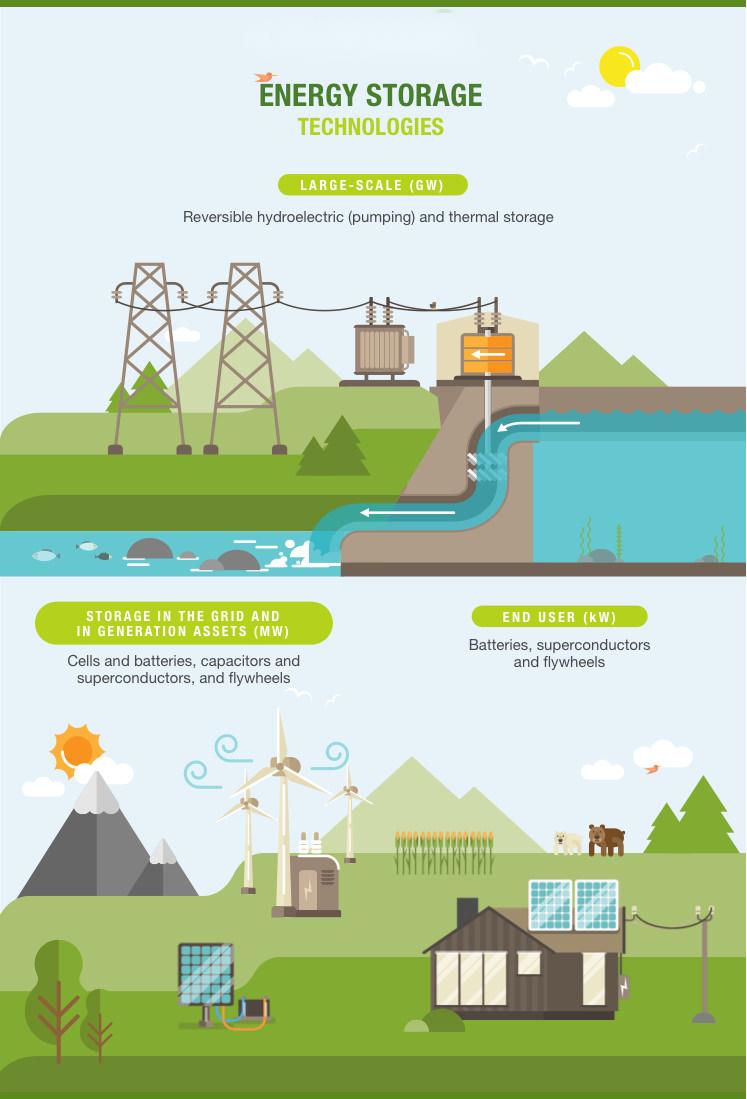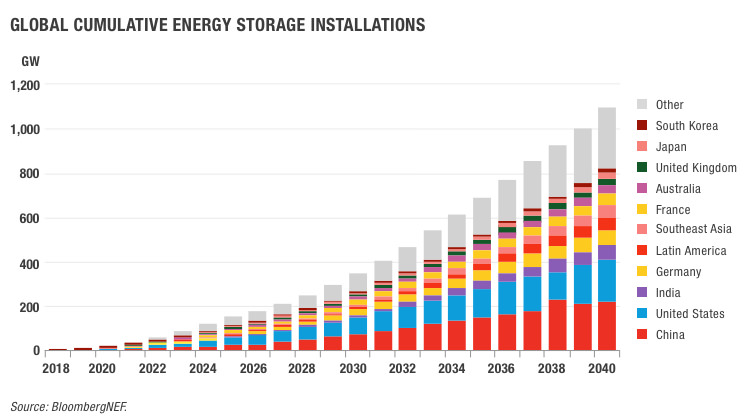
3 月 . 02, 2024 10:45 Back to list
Energy storage: the key to a decarbonised future
Energy storage plays a crucial role in the transition towards a decarbonised future. It is a key element that enables flexible renewable energy production and ensures its seamless integration into the grid. As the world shifts away from fossil fuels towards renewable sources like wind and solar energy, improved electrical energy storage becomes essential. This ensures that electrical grids can be balanced effectively, maximizing the utilization of every green megawatt generated. With the growing focus on sustainability and reducing carbon emissions, identifying and implementing efficient energy storage systems is paramount for a sustainable energy future.
Various energy storage systems play a significant role in facilitating efficient energy transformation and storage. These systems are essential for ensuring the stability of the electrical grid and maximizing clean energy generation. Some of the main energy storage systems currently in operation include hydroelectric pumping, compressed air, thermal storage, supercapacitors, flywheels, batteries, and hydrogen fuel cells. Each of these systems has unique characteristics and advantages, catering to different storage needs and capacities. From large-scale storage systems like hydroelectric pumping to smaller-scale options like batteries for residential use, these technologies contribute to a diversified and resilient energy storage infrastructure.

Hydroelectric pumping stands out as one of the most efficient large-scale storage systems in operation. This cost-effective and proven technology provides stability to the electrical system and enables the generation of significant levels of clean energy with rapid response times. Compressed air storage facilities utilize reversible motors to store ambient air at high pressures during periods of excess energy. This mechanical storage system, comparable in capacity to hydroelectric pumping, offers a reliable means of energy storage. Thermal storage involves accumulating energy in materials that can be retained and released in a controlled manner, offering flexibility in managing energy demands.
Supercapacitors are devices designed to store large amounts of electrical energy in the form of electrostatic charges, with no chemical reactions involved. These devices are characterized by their ability to be charged or discharged within seconds, making them ideal for responding to energy peaks and interruptions. Flywheels represent a mechanical storage system that conserves electrical energy in kinetic form by spinning a metal disc with the application of torque. Batteries, including various types like lead-acid, lithium-ion, and nickel-cadmium batteries, store energy in chemical compounds and provide rapid response times, ease of installation, and scalability, making them valuable assets for renewable energy integration.
Lithium-ion batteries have emerged as a promising solution for energy storage in the renewable energy sector. With their high electrochemical potential and energy storage capacity, lithium-ion batteries offer an efficient and lightweight option for storing generated energy. Despite their initial high cost, recent projections suggest a significant reduction in the cost of lithium-ion batteries in the coming years. Studies by Bloomberg NEF indicate a potential 50% reduction in the costs of lithium-ion batteries per kW/h by 2030, driven by increasing demand in stationary storage and electric vehicles markets. This reduction in costs is expected to accelerate the adoption of lithium-ion batteries as a standard storage technology for renewable energy systems.

The forecasted growth of energy storage facilities worldwide is staggering, with an estimated increase from 9GW/17GWh in 2018 to 1,095 GW/2,850 GWh by 2040. This exponential growth will require a substantial investment of approximately US$662 billion. The demand for batteries in the sectors of stationary storage and electric vehicles is projected to reach 4,584 GWh by 2040. This surge in demand not only supports the energy transition towards decarbonisation but also presents a significant opportunity for battery manufacturers and extraction companies of components like lithium, cobalt, and nickel. The rising demand for energy storage solutions underscores the critical role these technologies will play in shaping a sustainable and decarbonised future.
In conclusion, energy storage technologies are essential for enabling a transition towards a decarbonised electricity system. From large-scale systems like hydroelectric pumping to advanced solutions like lithium-ion batteries, a diverse range of energy storage options are available to support renewable energy integration and grid stability. The rapid advancements in energy storage technologies, coupled with decreasing costs and increasing demand, pave the way for a sustainable energy future. By harnessing the potential of efficient energy storage systems, countries can accelerate their transition towards cleaner, more sustainable energy sources, reducing carbon emissions and mitigating the impacts of climate change.
-
Unraveling the Power of EMS Energy Management Systems
NewsOct.23,2024
-
Unleashing the Potential of Power System Management and Smart Energy Solutions
NewsOct.23,2024
-
Smart Energy Mastery: Unleashing the Power of Controls
NewsOct.23,2024
-
Smart Energy Management: Unleashing the Power of Energy Management Systems and BMS Energy
NewsOct.23,2024
-
Powering Progress: ADMS, Intelligent Management & More
NewsOct.23,2024
-
Energizing the Future: Devices, Smart Management & Savings
NewsOct.23,2024


